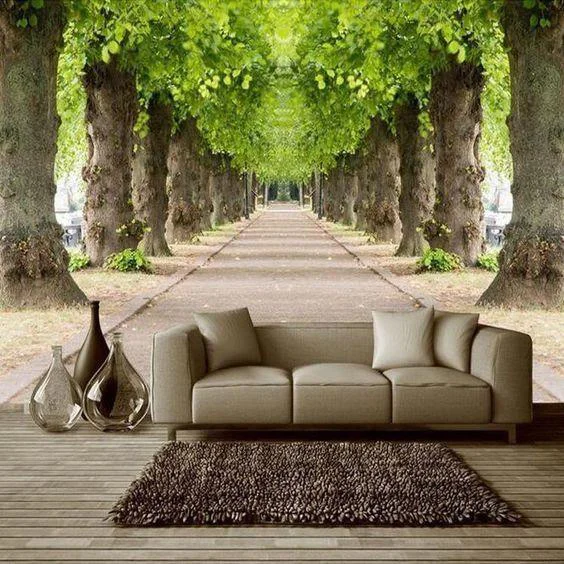Introduction:
Graphic design, often associated with marketing materials and digital media, plays a pivotal role in shaping the physical environment through its integration into architecture and interior design. Beyond aesthetics, graphic design serves as a powerful tool for enhancing spatial experiences, conveying information, and creating cohesive narratives within built environments. In this exploration, we unravel the diverse ways in which graphic design intersects with architecture and interior design, transforming spaces into immersive works of art.
1.Signage and Wayfinding Systems
Signage and wayfinding systems are essential elements of architectural and interior design, guiding visitors through complex environments with ease.
Graphic designers collaborate with architects and interior designers to create visually appealing signage that seamlessly integrates with the overall aesthetic of a space.
Through the strategic use of typography, symbols, and color, signage not only directs but also communicates the brand identity and ethos of a place.
2.Environmental Graphics
Environmental graphics encompass a broad range of visual elements applied to physical spaces, including murals, wall graphics, and floor decals.
In architecture and interior design, environmental graphics serve as powerful storytelling devices, transforming mundane surfaces into immersive canvases.
Whether depicting historical narratives, cultural motifs, or abstract patterns, environmental graphics add layers of meaning and visual interest to built environments, fostering engagement and connection with the space.
3.Branding and Identity
In commercial and institutional settings, branding and identity are integral aspects of architectural and interior design.
Graphic designers collaborate with clients to develop cohesive brand identities that extend seamlessly from digital platforms to physical spaces.
Through the use of logos, color schemes, and typography, branded elements reinforce the identity of a space, instilling a sense of familiarity and trust among visitors.
4.Digital Interfaces and Interactive Installations
With advancements in technology, digital interfaces and interactive installations are becoming increasingly prevalent in architecture and interior design.
Graphic designers collaborate with technologists and UX/UI designers to create immersive digital experiences that complement physical spaces.
From interactive kiosks to projection mapping, these dynamic installations blur the boundaries between the virtual and physical realms, inviting users to engage with their surroundings in new and innovative ways.
5.Exhibition Design
Exhibition design is a specialized field that integrates architecture, interior design, and graphic design to create immersive storytelling experiences.
Graphic designers collaborate with curators and exhibition designers to develop cohesive visual narratives that enhance the visitor’s journey.
Through the strategic use of signage, graphics, and multimedia elements, exhibitions transform spaces into dynamic environments that educate, inspire, and provoke thought.
6.Materiality and Surface Treatments
Materiality and surface treatments are essential considerations in both architecture and interior design, shaping the tactile and visual qualities of a space.
Graphic designers play a crucial role in the selection and application of materials, including finishes, textures, and patterns.
Through innovative printing techniques, such as digital printing and screen printing, graphic designers can create custom surfaces that imbue spaces with texture, depth, and visual interest.
Conclusion:
The integration of graphic design into architecture and interior design represents a convergence of art, technology, and spatial experience. From signage and environmental graphics to digital interfaces and exhibition design, graphic designers collaborate with architects and interior designers to create immersive, cohesive environments that engage, inspire, and delight. As technology continues to evolve and boundaries blur between disciplines, the synergy of graphic design and spatial design will continue to shape the built environment in exciting and unexpected ways.




